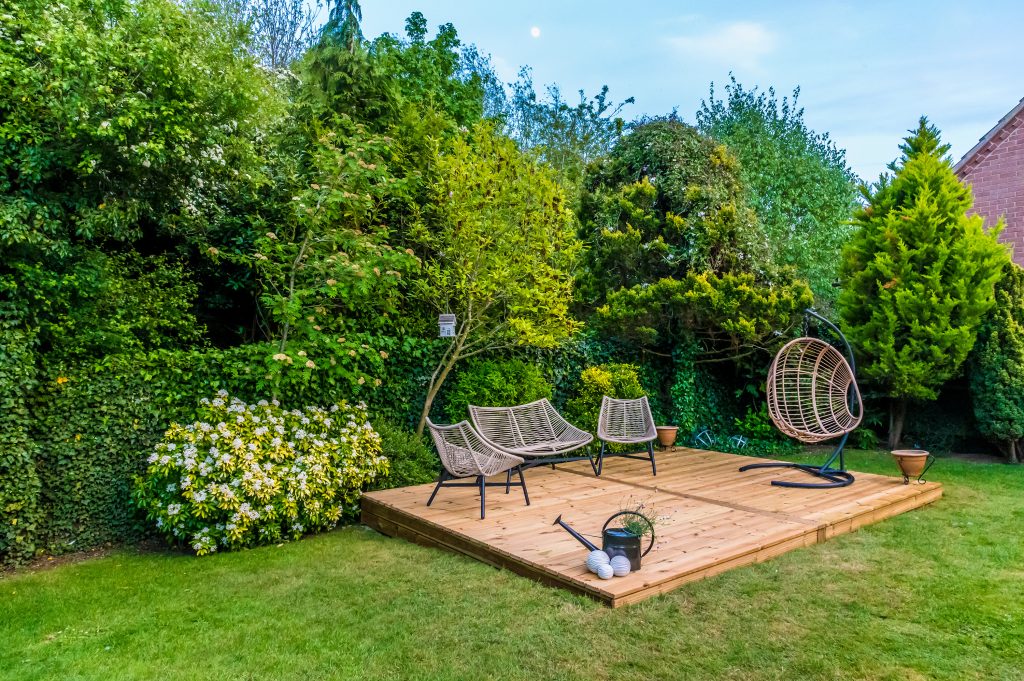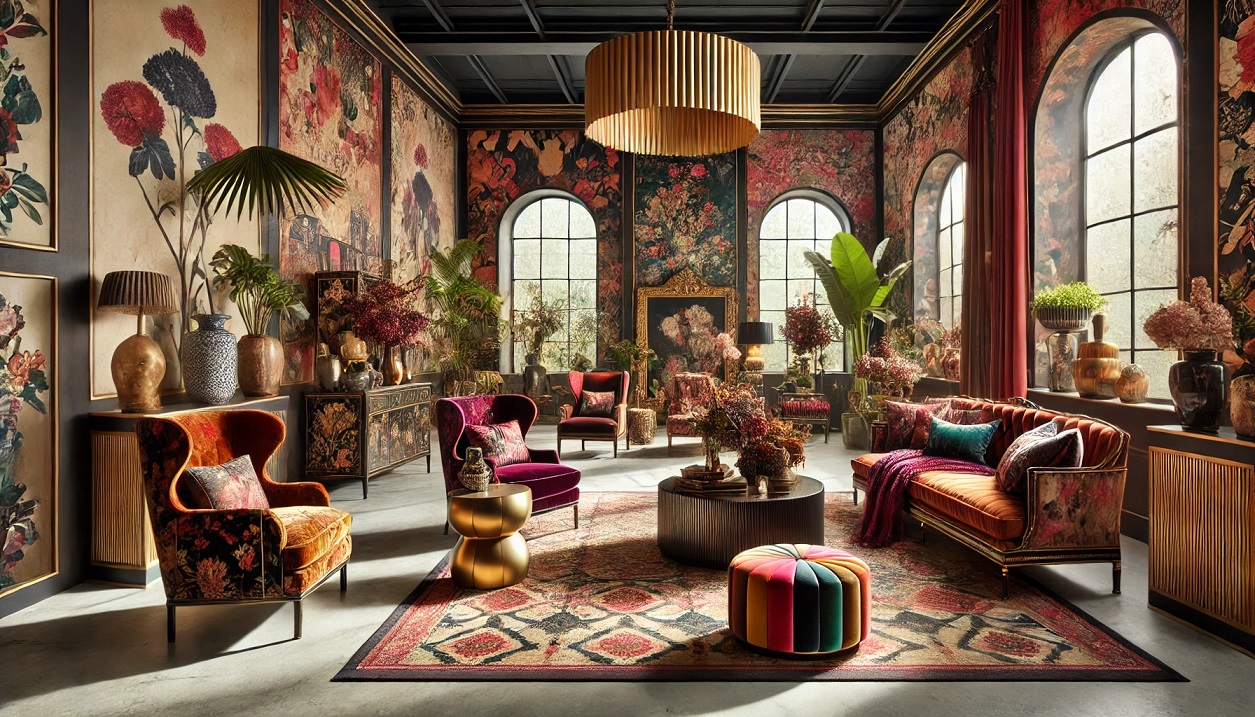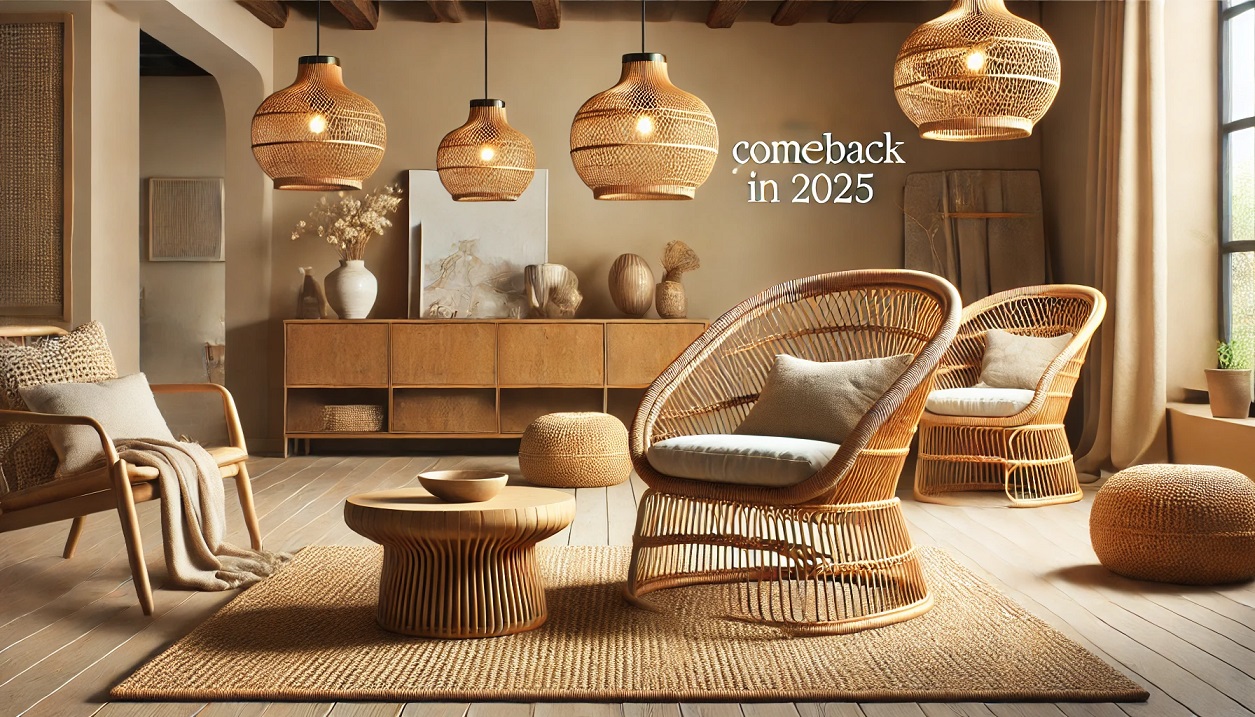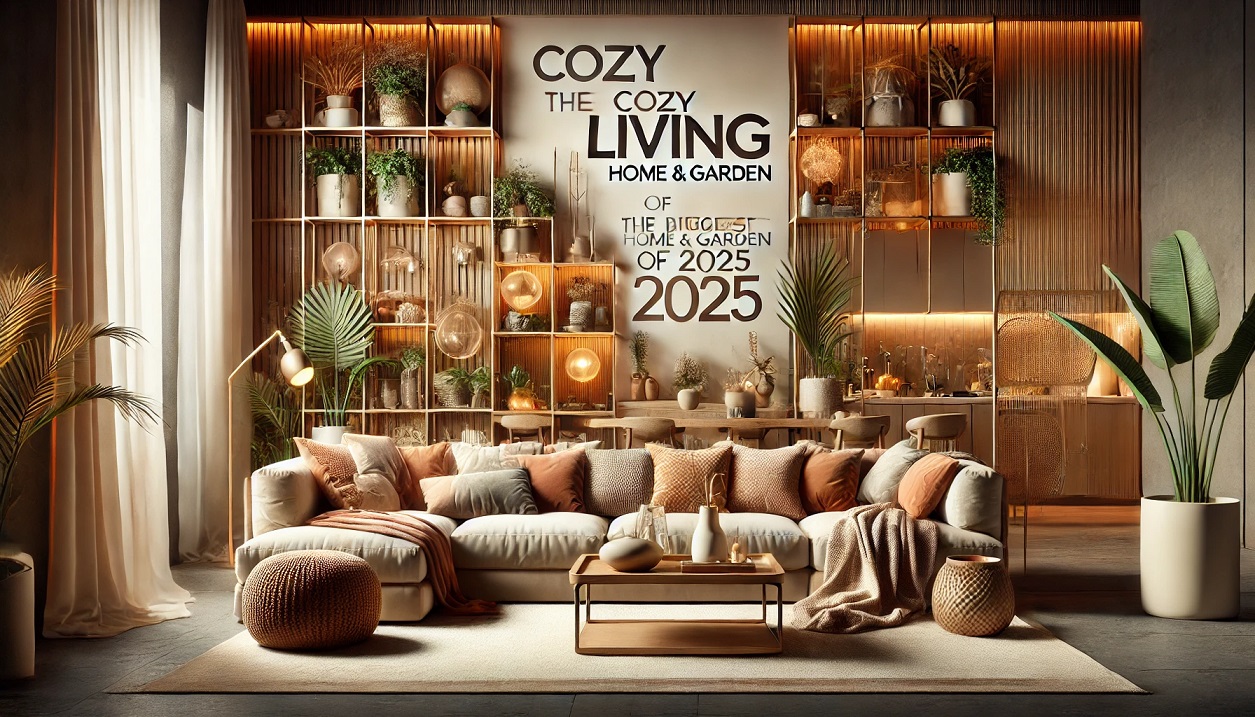Published: June 19, 2025
In 2025, gardens are no longer just for curb appeal—they have become deeply personal, multifunctional sanctuaries that reflect sustainability, wellness, and emotional connection to nature. From biodiverse meadows to edible landscapes and wellness zones, this year’s garden design trends are steering us toward spaces that are alive with meaning, not just beauty. These emerging styles embody a shift in thinking: gardens are not accessories to homes—they're extensions of how we want to live.
🌱 Naturalistic Planting Becomes the Norm
In the evolving landscape of modern gardening, the concept of naturalistic planting is becoming a top priority. Designers are taking cues from the wild—layered textures, dynamic forms, and native biodiversity. Instead of heavily structured beds, we’re seeing soft waves of grasses, pollinator-friendly blooms, and self-sowing perennials that move and change with the seasons.
These designs create a visual softness that feels organic and intuitive. Homeowners are embracing the beauty of imperfection—letting wildflowers spread, allowing plants to lean into pathways, and celebrating a little messiness for the sake of life and diversity. This trend does more than look beautiful—it invites bees, butterflies, and birds back into the space, enhancing the health and life of the garden.
🌸 Pollinator Havens and Companion Planting
Pollinator gardening has grown from niche to necessity. In 2025, homeowners are planting for purpose: building ecosystems that feed not just their families, but also local wildlife. Flowering plants like echinacea, bee balm, lavender, yarrow, and milkweed are now staples, carefully arranged to bloom in succession throughout the seasons.
The rise of companion planting further reflects the garden’s role as a living community. Nitrogen-fixers like clover and peas live beside heavy feeders like tomatoes. Aromatic herbs like thyme and basil deter pests while attracting beneficial insects. These thoughtful combinations don’t just support the soil—they also create lush, dynamic garden beds that evolve visually through the year.
🧱 Eco-Conscious Hardscaping and Infrastructure
As concern for the climate intensifies, gardeners are embracing green infrastructure with purpose. No-dig gardening preserves soil life, while composting and mulching reduce waste and chemical use. Raised beds and hugelkultur mounds encourage natural drainage and improve fertility.
On the structural side, there’s a clear move toward permeable paving, bioswales, and rain gardens that help manage stormwater and filter runoff. Stone paths are being laid with wider gaps for moss or thyme to grow between, and decks are built from reclaimed or sustainably sourced wood. These elements form a quiet revolution in how we think about outdoor design—it's not just about what’s pretty, but what’s planet-positive.
🌵 Climate-Resilient Landscapes for a Changing World
With extreme weather now a frequent visitor, garden design in 2025 is focused on climate resilience. Plants are chosen based not only on beauty, but their ability to survive—and thrive—in dry spells, heat waves, or unexpected storms. Succulents, native grasses, drought-tolerant perennials, and Mediterranean herbs are increasingly replacing thirsty lawns.
Designers are layering in evergreen structure through shrubs and small trees, which provide year-round interest and help maintain habitat. Living fences, such as hawthorn or elderberry hedges, are replacing traditional fencing—offering privacy, food for wildlife, and a sense of soft enclosure. This way, gardens become havens not just for humans, but for birds, bugs, and biodiversity.
🍓 Foodscaping and Edible Integration
Forget tucking vegetables into a corner—2025’s gardens are built to blend beauty with bounty. Edible landscaping, or foodscaping, integrates productive plants directly into ornamental designs. Raised beds filled with rainbow chard and calendula now border walkways. Trellised tomatoes grow alongside clematis vines. Herbs spill from container gardens near patios. Fruit trees double as shade providers and pollinator attractants.
Designers are emphasizing perennial edibles such as asparagus, rhubarb, and berry shrubs that require less maintenance but deliver returns year after year. The result is a garden that nourishes the body as well as the soul, fostering self-sufficiency, flavor diversity, and visual interest all at once.
🧘 Garden Wellness Zones and Mindful Retreats
As mental well-being becomes central to how we design our homes, gardens are stepping into their role as restorative sanctuaries. In 2025, we’re seeing the rise of spaces built intentionally for calm, meditation, and connection. That could mean a hammock nestled between shade trees, a secluded bench surrounded by scented plants, or a trickling water feature that soothes with sound.
Plants with aromatic and sensory qualities—like rosemary, chamomile, lemon balm, and sage—are key features in these areas. Groundcovers like creeping thyme and wooly yarrow make barefoot walking a pleasure. The goal is a holistic space that heals stress, encourages slow living, and invites us to pause.
🪨 Biophilic Design and Earth-Toned Materials
The aesthetics of 2025 gardens are warm, grounded, and intentionally textured. Biophilic design—which connects indoor and outdoor living—is now influencing patios, porches, and even home architecture. Reclaimed wood, stone, brick, and lime-based plaster finishes are being favored over synthetic surfaces.
Color schemes echo the earth: muted terracottas, sandy taupes, deep greens, and sun-faded blues. Furniture is often low-profile, made of rattan, teak, or iron. The result is an outdoor area that doesn’t feel like a separate zone—it flows naturally from the indoors, offering a cohesive living experience.
🔁 Multifunctionality in Small Spaces
No matter the size of your yard, multifunctionality is the name of the game in 2025. Raised beds can double as seating. Planters can separate zones and host vertical vines. Pergolas serve as outdoor offices by day and dinner party venues by night. Homeowners are maximizing every square meter of outdoor space by making it work harder and smarter.
The best designs combine elements like solar lighting, storage seating, vertical gardens, and modular furniture to make even balconies or urban terraces into thriving garden rooms. The key is layered functionality—areas that host planting, gathering, playing, and resting, all in harmony.
🐝 Rewilding and Native Habitat Revival
Perhaps the boldest movement in modern gardening is also the most ancient—letting nature take over. Rewilding is no longer a fringe idea. Home gardeners are setting aside space for native wildflowers to self-seed, for logs to decay and nourish insects, and for untamed hedgerows to serve as shelter for birds and pollinators.
This doesn’t mean abandoning care. It means rethinking beauty, allowing decay and disorder to coexist with bloom and structure. Rewilding areas create spaces of wonder—where you don’t just watch flowers grow, but discover who visits them.
✅ How to Get Started with 2025’s Garden Vision
If you're ready to embrace these 2025 trends, begin by observing your land. Study how water flows, where the sun falls, and which native species thrive nearby. Choose plants that support wildlife and need minimal intervention. Build in rain catchment or composting systems if possible. Add layered seating, edible plants, and wellness features. And finally, give yourself permission to experiment—to let some parts grow wild and enjoy how nature collaborates with you over time.
Gardens in 2025 are less about control and more about co‑creation. They’re shaped by intuition, nurtured by intention, and made meaningful through interaction.
🌟 Final Thoughts
The gardens of 2025 are not just places to plant—they are ecosystems of purpose, refuges of peace, and expressions of lifestyle. They are designed with a deep respect for the environment and a growing desire to feel grounded, nourished, and connected. By weaving together function, aesthetics, and sustainability, these gardens embody the very best of what it means to live in harmony with the Earth.
If you’d like a printable planner, seasonal planting schedule, or a guide to native plants by region, let me know and I’ll tailor it for your audience.

















Comments 0